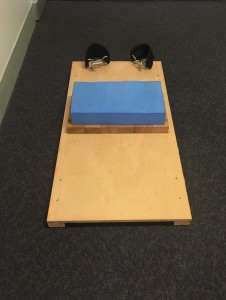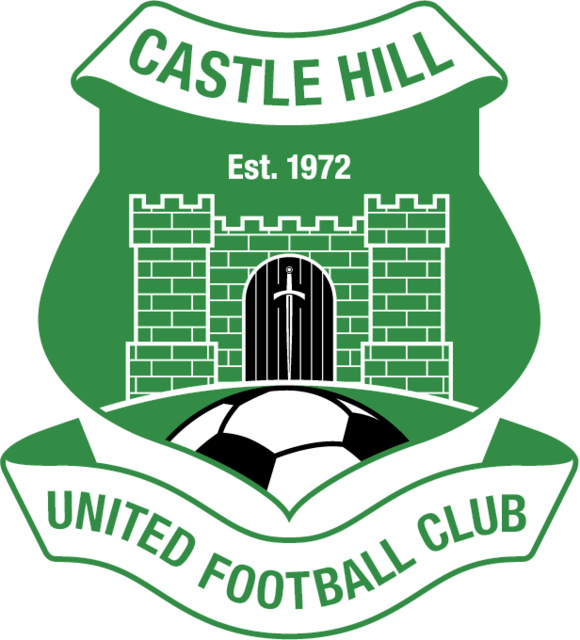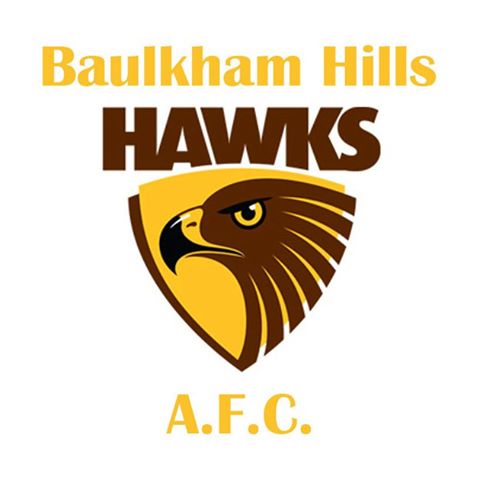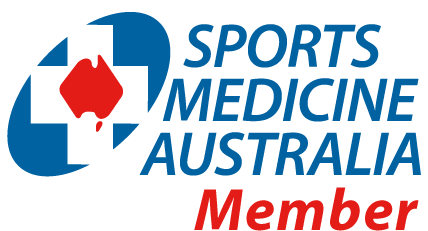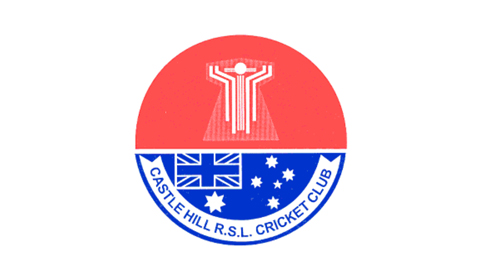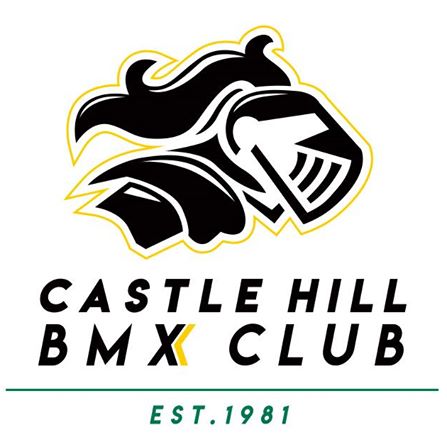Introducing our NordBoard. Our physio, Chris Musgrave, has put his handyman skills to good use recently in constructing this fantastic piece of equipment. To see a video of it in action visit this link.
Chris has written the following information about NordBoards and the benefits they have for those with a history of HAMSTRING strains.
What is the NordBoard?
The NordBoard is a device that allows the use of a Nordic Hamstring curl without the assistance of a partner. With the addition of load cells, the device can be used to measure eccentric hamstring strength (the ability of a muscle to withstand force whilst lengthening).
What are Nordics?
Nordics are a hamstring exercise that has received quite a lot of attention in the sports medicine community in the past few years. As shown in the video – they basically involve lowering yourself as slowly as possible, using your hamstrings to stop yourself falling forwards. Despite some claims that it is a “core” exercise, its is predominantly a hamstring conditioning exercise.
Why do Nordics?
The Nordic exercise in itself has been researched extensively and has been shown to significantly reduce the incidence of hamstring strains. In particular – it appears to be particularly effective in reducing the recurrence of hamstring tears. In a study by Petersen et. al. (2011) recurrent hamstring injuries were reduced by 85% and new injuries by 60%.
How do Nordics work?
Nordics have a few characteristics that make them an efficacious exercise. The primary changes relate to increased fascicle length and increased eccentric strength. In basic terms, fascicle length pertains to the length of individual muscle fibres and eccentric strength is the ability of a muscle to withstand force whilst lengthening. Nordic curls appear to have a large effect on these two features – with short fascicle lengths and low eccentric strength being modifiable risk factors for injury.
However, to gain these benefits it appears that the exercise needs to be performed in a supramaximal fashion and it requires maintenance dosage to retain the benefits. What this means is that the exercise needs to be hard enough that you are unable to lift yourself back to the starting position using just your hamstrings (it is rare to be this strong!).
Who are Nordics useful for?
As suggested above, Nordics are particularly useful for those who have a prior history of hamstring strains. Low eccentric strength and short fascicle lengths occur post hamstring injury, thus reversing these changes is pivotal in reducing future injury risk.
Furthermore, they can be used quite successfully at a group level as well. If you are a involved in any sports with a lot of high speed running, this simple exercise can ensure you keep your athletes fit and firing throughout the season. Sports that are at particular risk of hamstring injuries include soccer, AFL, sprinting, hurdling, rugby.

